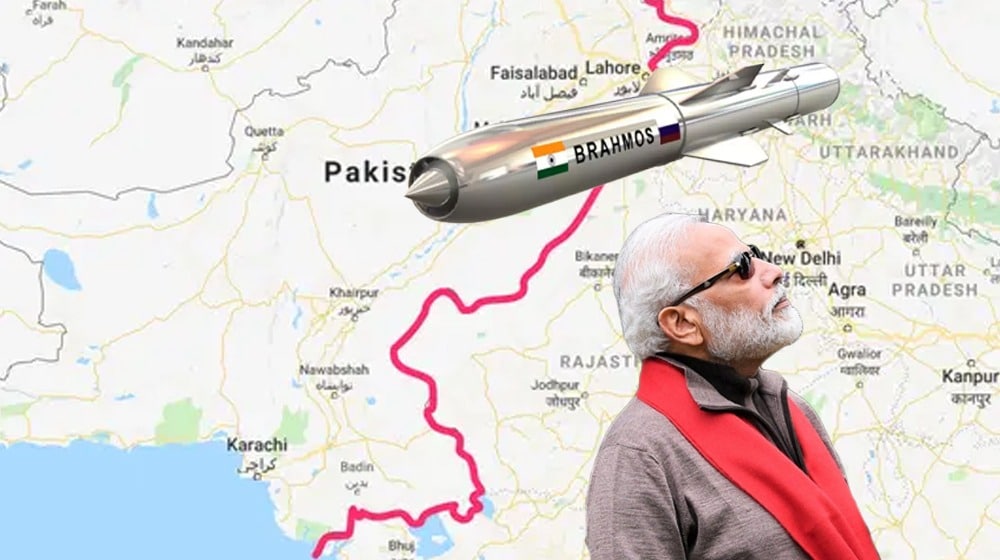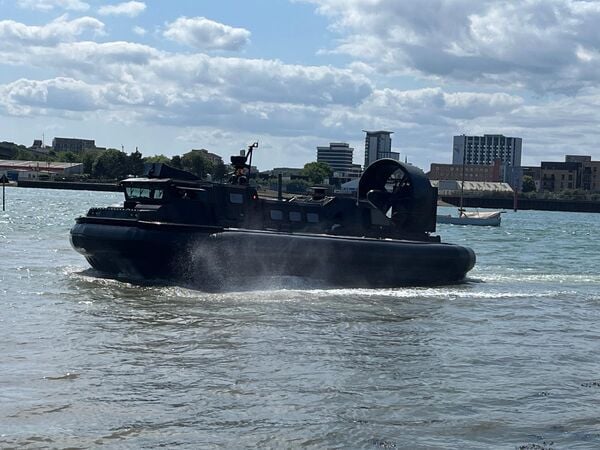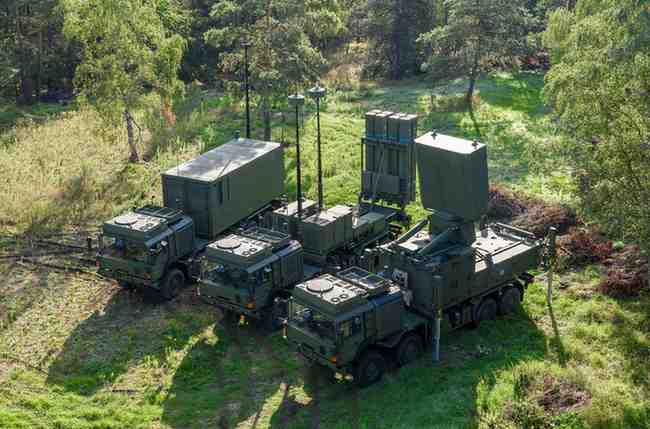Prelude:
The crash of an Indian cruise missile into Pakistani territory has stunned many strategic thinkers in today’s complicated global, regional, and domestic environment. On March 9, 2022, an Indian supersonic cruise missile, dubbed ‘BrahMos‘ by some experts, entered Pakistani airspace and crashed in Mian Channu. The Indian Ministry of Defense expressed “regret” and insisted that the launch was an accident caused by a technical breakdown during routine maintenance.
The administration also announced the formation of a high-level Court of Enquiry. Pakistan’s Foreign Office responded cautiously to the Indian statement, calling it a “simplistic explanation” of a very serious problem. Pakistan has rejected India’s supposed closure of the incident involving the launch of a supersonic cruise missile BrahMos into Pakistani territory on March 9, 2022, and has renewed its demand for a joint investigation. On August 23, 2022, a Court of Inquiry (Col) was convened to establish the facts of the case, including assigning blame for the occurrence, which discovered that three officers violated the Standard Operating Procedures (SOP), resulting in the inadvertent discharge of the missile. These three officers have been held principally accountable for the incident. The Central Government has terminated its services with immediate effect. On August 23, the officers were served with termination orders.
Read More: Indian Missile Misfire: An Unprecedented Danger
Brahmos Missile Development:
This Supersonic Cruise Missile is the conclusion of a 1998 joint effort between Russia and India. India successfully tested an air-launched ramjet-powered version of the BrahMos Cruise missile from a Sukhoi Su-30 MKI fighter jet on May 22, 2019, one day before the Indian general election results. This missile is said to have a range of 185 miles (300 kilometers) and a top speed of 2140 miles (3,450 kilometers) per hour, as well as stealth technology that makes it invisible to radar.
The Indian Ministry of Defense further maintained that the launch of the missile was quite smooth, and it followed the desired path before hitting the target at pinpoint accuracy.
The BrahMos has already been successfully tested from a submarine, naval ship, and land-based platforms. With the air launch of the BrahMos, India has purportedly acquired its long-sought strike capability from large standoff distances onto land and sea-based targets. Since 2016, India as a member of the Missile Control Technology Regime (MCTR) also intends to sell this weapon system on the International market with a special focus on South African and Southeast Asian states.

Analysis:
Major incidents like these raise serious concerns about the overall credibility of India’s military planning, operationalization, and safety mechanisms in connection with its expanding missile forces. For example, during the 2019 Pulwama-Balakot incident, when Pakistan responded to New Delhi’s misadventure with operation Swift Retort, Indian military professionalism and mistakes were exposed. After all, India was responsible for the deaths of its own military personnel when it destroyed its own Mi-17 helicopter within Indian Illegally Occupied Jammu and Kashmir (IIOJK). This most recent incident involving the BrahMos supersonic cruise missile demonstrates India’s inability to maintain and safely operate cutting-edge military equipment and sophisticated missile technologies.
Read More: India’s Missile – BrahMos Supersonic Cruise Missile
Pakistan’s response options are also essential in this scenario. Pakistan’s air defense system detected and tracked the incoming supersonic missile from its launch inside India to its arrival into Pakistani airspace. This will significantly improve India’s standoff and first-strike capabilities against Pakistan, hence shifting the geopolitical balance. With Pakistan still firmly within the range of nuclear deterrent, India has always sought to create space for limited war. With the inclusion of the BrahMos in the modified Su-30 aircraft, the strategic balance between Pakistan and India is expected to have serious consequences for the region’s existing peace and stability.
With the development of supersonic and stealth capabilities, the South Asian missile race has grown enormously complex and multifaceted. Both Pakistan and India must exercise restraint if the region’s peace and stability are to be maintained. Because both countries share a 3323 km border (including the Line of Control (LoC) in the Jammu and Kashmir sectors), any minute miscalculation in terms of missile detection, reaction, and short flight periods might be disastrous for the entire region. In this regard, it is critical that rational leadership exists on both sides that prioritize caution, especially given that their actions directly touch the lives of nearly one-fourth of the world’s population.

About Author:
Tahama Asad has recently completed her degree in Strategic Studies from the National Defense University, Islamabad. She has previously worked for Pakistan House, Pakistan Council on China, Inter-Services Public Relations (ISPR), and the Centre of Aerospace and Security Studies (CASS). Her major areas of interest include Strategic Stability of South Asia, Geo-Politics in the Indo-Pacific Ocean, and National Security.
- Global Defense Insighthttps://defensetalks.com/author/umair/
- Global Defense Insighthttps://defensetalks.com/author/umair/
- Global Defense Insighthttps://defensetalks.com/author/umair/
- Global Defense Insighthttps://defensetalks.com/author/umair/













